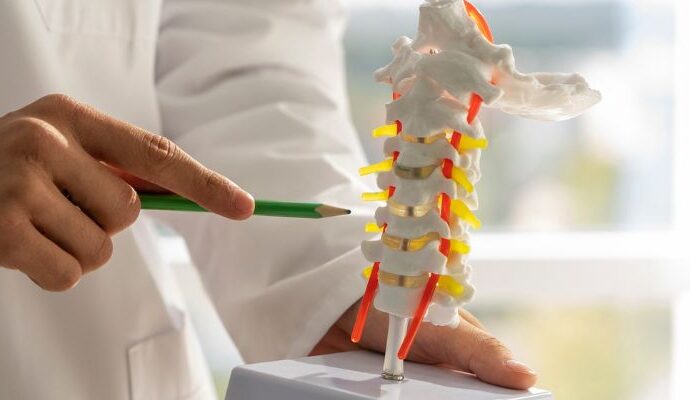Therefore, as identifying potential drivers of the sensitization process is essential for optimal management, therapies for patients with chronic pain should be implemented based on current knowledge of nociceptive mechanisms. The current study examines the neurophysiological and clinical causes of chronic pain and highlights important takeaways for doctors to effectively manage patients with chronic pain.
Understanding Pain
Pain is typically an indication of a disease or injury that results in inflammation of the tissue. Since pain is a subjective experience with an ambiguous definition, each patient is free to assess their level of intensity and quality based on how it impacts them at the time.
“An unpleasant sensory and emotional experience associated with, or resembling that associated with, actual or potential tissue damage” is the most recent approved definition of pain. Pain is always a subjective sensation that is impacted by social, psychological, and biological elements to differing degrees. The International Association for Pain Research.
Six keynotes were added by the Association to aid in understanding the definition:
- Nociception and pain are two distinct phenomena.
- Activity in sensory neurons alone cannot be used to infer pain.
- People acquire the concept of pain from their experiences in life.
- When someone reports experiencing discomfort, that should be respected.
- Even though pain typically aids in adaptation, it can negatively impact function as well as social and psychological health.
- The incapacity to speak does not rule out the likelihood that a human or nonhuman animal suffers pain; verbal description is merely one of many ways to convey suffering.
Mechanism Of Chronic Pain
The AMPA receptors, found on the sodium and potassium channels of the dorsal horn neurons, are where glutamate, a crucial neurotransmitter that affects a wide variety of pain-related receptors, binds in acute pain. Another action potential is produced if there is a sufficient neurotransmitter impact. The second part of the pain signal’s travel leads it to the thalamus, which then sends it to the cortex.
On the other hand, it appears that NMDA receptors at the gap between neurons play a significant role in the development of chronic pain. The magnesium ions that obstruct the nearby NMDA receptors are eliminated when an AMPA receptor is stimulated for an extended period of time because this alters the membrane’s resting polarization state. This procedure prepares the NMDA receptors for glutamate activation, which sets off a series of events that result in hypersensitization of the central nervous system. When NMDA is activated, the balance of neurotransmitters is changed, gene proteins are synthesized, receptor binding and nerve firing thresholds are altered, new synaptic connections are formed, and cell death may occur.
These modifications force the wounded area to be protected, which promotes healing in the near term. As the damage heals, “windup” normally goes away, but in certain people, these alterations linger. The likelihood that the change will be permanent increases with the intensity and duration of the pain. Although the precise mix of pain intensity, duration, etiology, and genetic predisposition that results in chronic pain is still unknown, one key finding is evident: Poor pain management raises the risk that pain will develop into a chronic condition.
How Can Pain Be Treated?
People may first assume that they would be given medication to relieve their pain when they appear, regardless of the cause. That might be a good alternative, but a doctor and a pain management team have more options to treat pain both now and, in the future, than just medicine.
- Physical therapy – Patients with musculoskeletal discomfort originating from the muscles or ligaments may benefit from the use of electrical stimulation, ultrasound, stretching, and exercise. Among the most frequent causes of chronic pain are neck and back discomfort. Physicians with expertise in physical medicine and rehabilitation, physical therapists, chiropractors, massage therapists, and acupuncturists are examples of providers with this skill set.
- Psychological treatment for pain control
In addition to other therapy choices, psychological counseling may be a useful adjunct in helping patients manage their pain, which can take over their lives. An essential component of the pain management team is the psychologist.
The following are a few potential helpful therapeutic therapies:
CBT, or cognitive behavioral therapy
Meditation and mindfulness
Acceptance treatment
In hypnosis - Medicine – Although medication may be utilized as a first step, it’s crucial to keep in mind that excessive or improper use of painkillers might be dangerous. Before using prescription drugs, patients with underlying medical issues or those on prescription drugs should see their pharmacist or healthcare professional.
Note: Although it is not always possible to be pain-free, the patient and the members of their pain management team should work together to reduce suffering, minimize discomfort, and enable a quality of life.











